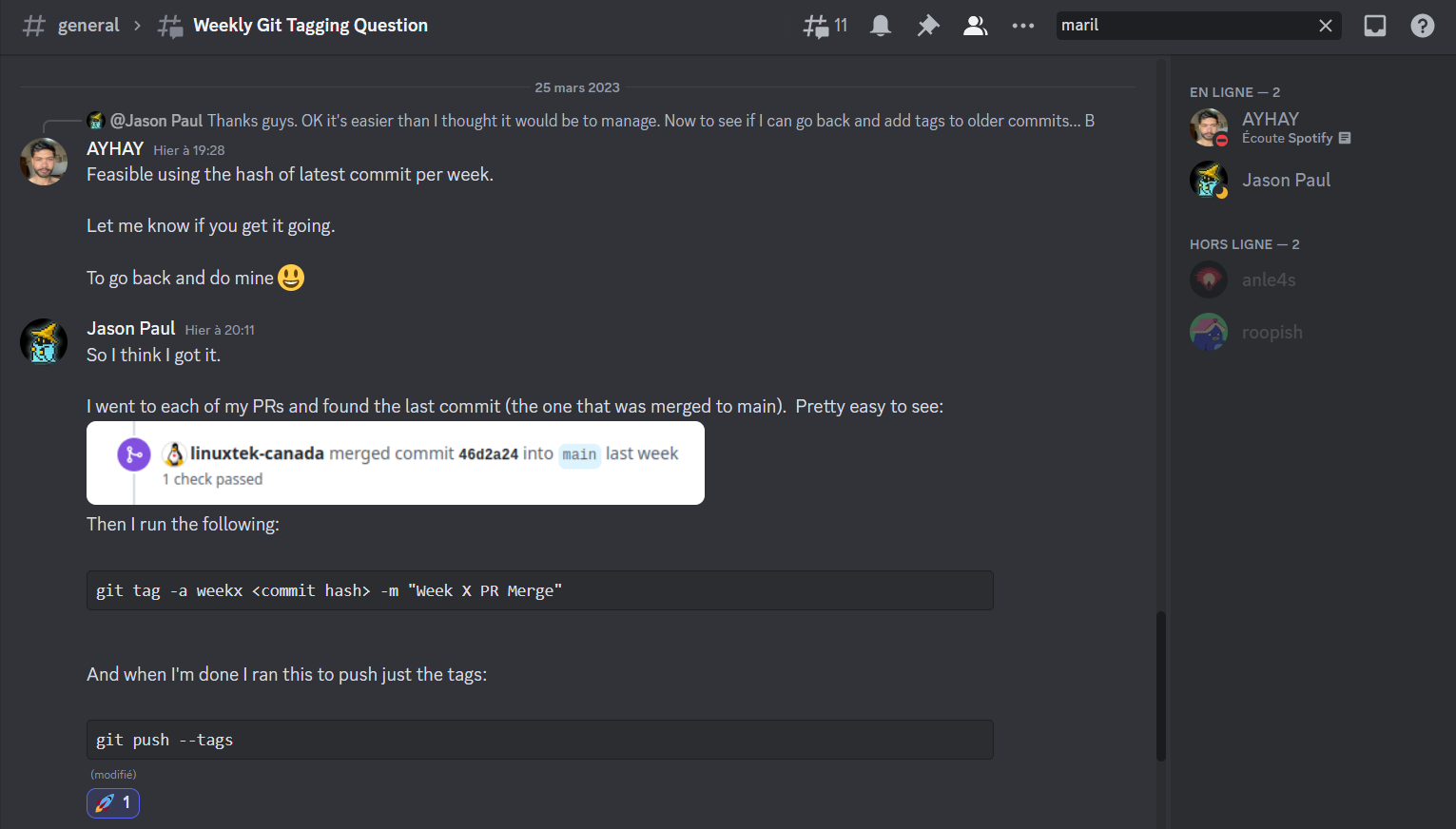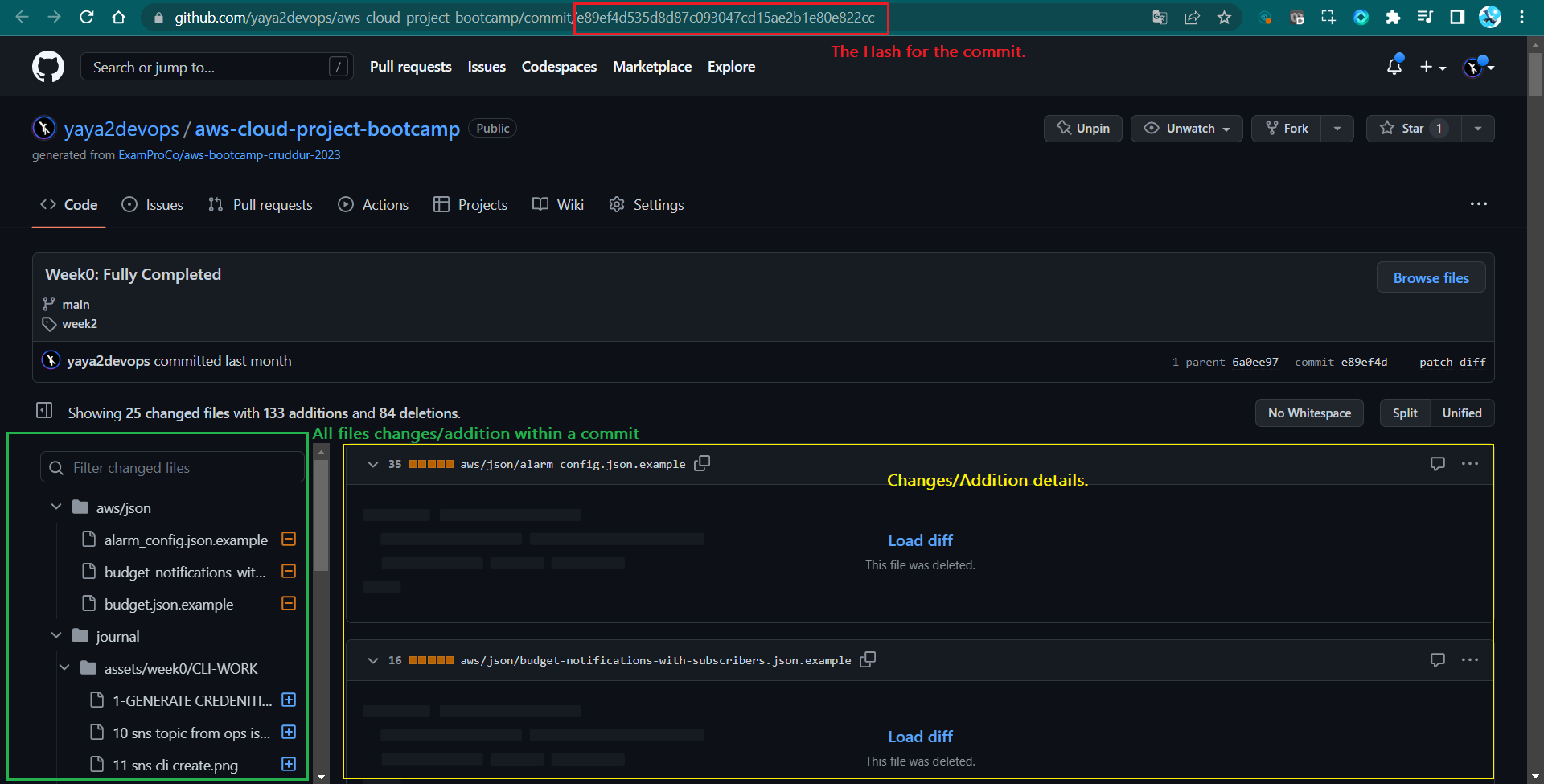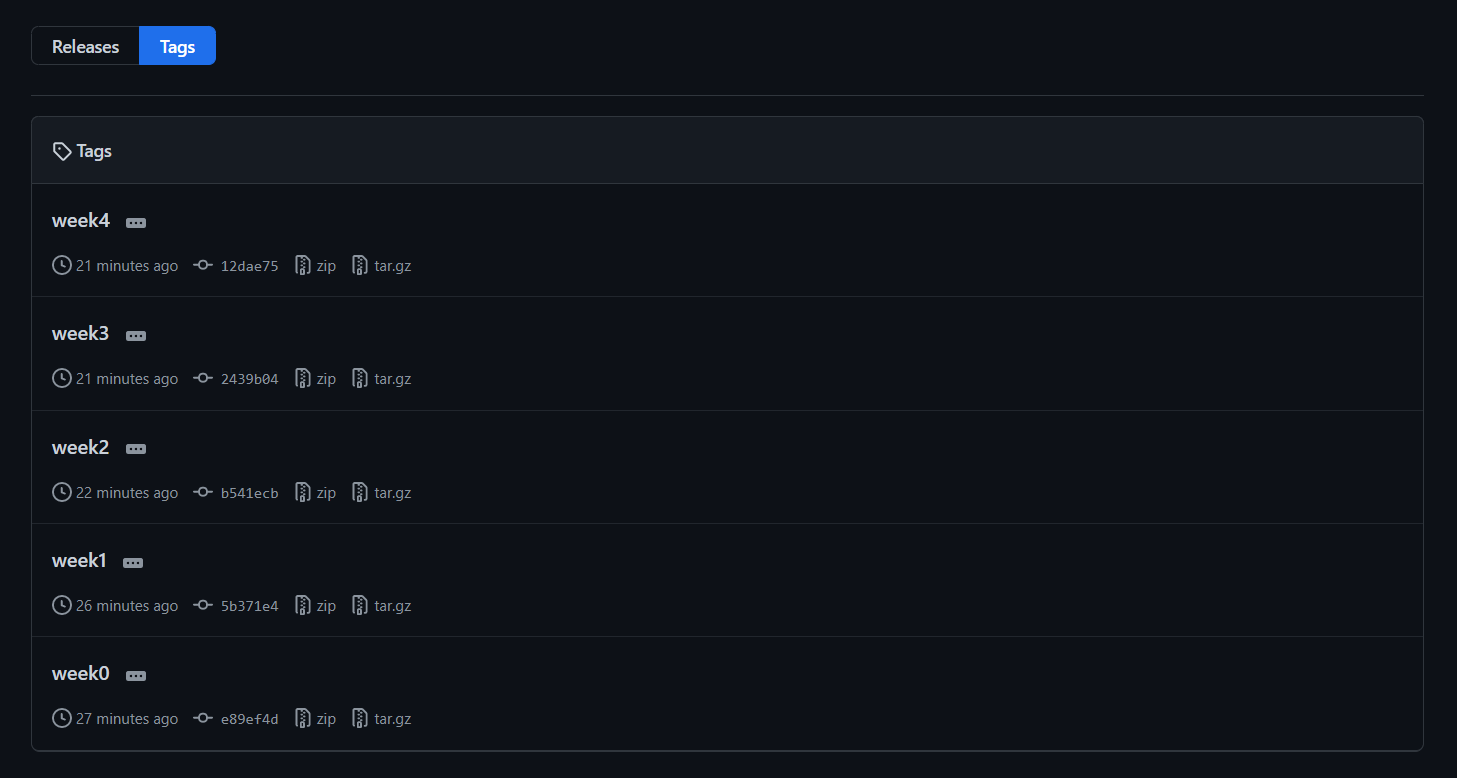Mastering Git Labels, Categories, and Tags
In the fast-paced world of software development, effective organization and tracking of your codebase are paramount. This guide delves deep into the power of labels, categories, and tags in Git and GitHub - tools that, when wielded correctly, can transform your development workflow from chaotic to streamlined. Whether you're a seasoned developer or just starting your journey, mastering these techniques will elevate your version control game to new heights.
The Genesis of This Guide
The Collaborative Spark
This comprehensive resource was born from a spark of collaboration. It all started with an insightful thread initiated by Jason (opens in a new tab), whose quick grasp of the concept laid the foundation for what you're about to explore.

Jason's initial insights have been expanded and refined here, ensuring that every developer can harness the full potential of Git's organizational tools.
Fundamental Tagging Techniques
Creating Annotated Tags: Your Code's Milestones
Annotated tags in Git are like signposts in your code's journey. They not only mark a specific point in your repository's history but also store extra metadata, making them invaluable for marking significant milestones.
To create an annotated tag:
git tag -a weekx <commit-hash> -m "Week X PR Merge: Detailed description of achievements"This command does more than just place a marker. It creates a full object in the Git database, including the tagger's name, email, date, and the annotation message. This rich metadata becomes crucial when you're trying to understand the context of your project's evolution months or even years down the line.
Pushing Tags: Sharing Your Milestones
Once you've created your tags, it's crucial to share them with your team or the wider community. Push your tags to the remote repository with:
git push --tagsThis command ensures that your carefully crafted milestones are visible to everyone working on the project, fostering better collaboration and understanding of the project's progress.
The Weekly Hash Tracker: A Testament to Progress
Maintaining a weekly hash tracker is like keeping a captain's log for your coding journey. It provides a quick reference to significant points in your project's timeline, allowing you and your team to navigate the sea of commits with ease.
| Week | Latest Commit Hash | Milestone Description |
|---|---|---|
| week0 | e89ef4d535d8d87c093047cd15ae2b1e80e822cc | Week 0: Project Initialization Complete |
| week1 | 5b371e480da18db52bbd545344290bb18aa9c351 | Week 1 & 2: Core Functionality Implemented ✅ |
| week2 | b541ecba4f4c8e125e4d5171dcfc4fa141c375d0 | Week 2: Comprehensive Documentation Added |
| week3 | 2439b040922d219bc3a2cfc0e57644cff26b8c1e | Week 3: Relational Database Integration |
| week4 | 12dae757bec2464a6309f68093165deb2e92988a | Week 4: User Interface Enhancements |
This tracker isn't just a list; it's a roadmap of your project's evolution, providing context and clarity at a glance.
Decoding Commits and Hashes: The DNA of Your Project
Anatomy of a Commit

This shot breaks down the structure of a commit, showcasing where the hash resides and how it relates to other elements. Understanding this structure is crucial for effective version control and project management.
Unveiling Recent Commits
To gain insights into your project's recent history, use this command to view the last 5 commits:
git log -5 --pretty=format:"%h - %s"This will output something like:
a6a44d5 - Enhance: Implement robust error handling in API calls
d414fbe - Fix: Resolve race condition in asynchronous data fetching
0b64b39 - Feature: Introduce dark mode for improved user experience
7ea1c93 - Optimize: Reduce load time by 40% through asset compression
ccc16cf - Refactor: Streamline authentication flow for better securityEach line represents a pivotal moment in your project's development, succinctly summarized for quick understanding.
Advanced Tag Management: Surgical Precision in Version Control
Tag Removal and Management
Sometimes, your project's direction changes, and you need to adjust your milestones accordingly. Here's how to manage your tags with precision:
Surveying Your Tags
Before making changes, get a lay of the land:
git tagRemoving a Local Tag
If a tag is no longer relevant:
git tag -d <tag-name>Eliminating a Remote Tag
Ensure your remote repository reflects your local changes:
git push --delete origin <tagname>Pro Tip: For a more visual approach, you can also manage tags directly through the GitHub interface at github.com/username/repo-name/tags.
Practical Application: Tagging in Action
Let's put theory into practice. Here's how you might tag significant milestones in a project:
git tag -a week0 5b371e480da18db52bbd545344290bb18aa9c351 -m "Week 0: Project scaffolding and initial setup complete"
git tag -a week1 5b371e480da18db52bbd545344290bb18aa9c351 -m "Week 1: User authentication system implemented"
git tag -a week2 b541ecba4f4c8e125e4d5171dcfc4fa141c375d0 -m "Week 2: RESTful API endpoints established"
git tag -a week3 2439b040922d219bc3a2cfc0e57644cff26b8c1e -m "Week 3: Database models and relationships defined"
git tag -a week4 12dae757bec2464a6309f68093165deb2e92988a -m "Week 4: Front-end React components developed"Specialized Tagging for Significant Events
For those game-changing moments in your project:
git tag -a v1.0.0 ea35201ab8051a022ccea6ce1a76d7efaa223ba0 -m "Major Release: v1.0.0 - All core features implemented and tested"
git tag -a refactor-auth 1f87ff8360571c17e61b04607156a1b6614bf82d -m "Refactor: Overhauled authentication system for enhanced security"Visualizing Your Tagging Strategy

This visual representation of your tags provides a bird's-eye view of your project's significant milestones and versions.
For an in-depth look at how these tags fit into the broader project context, explore the Developer Reference (opens in a new tab)
Leveraging Tags for CI/CD: Automating Your Workflow
Tags aren't just for organization; they can be powerful triggers for your CI/CD pipelines. Here's a workflow that demonstrates this:
-
Commit your latest changes with a meaningful message:
git commit -a -m "Feat: Implement real-time data synchronization" -
Create and push a new tag to signify a release candidate:
git tag v1.1.0-rc.1 git push --tags -
This action can automatically kick off your build process:

By linking your tags to your CI/CD pipeline, you create a seamless flow from development to deployment, ensuring that each tagged version goes through proper testing and validation.
Your Development Workflow
Mastering the art of labels, categories, and tags in Git and GitHub is akin to giving your project a well-organized filing system and an efficient assistant. These tools do more than just organize; they streamline communication, automate processes, and provide crystal-clear context for every stage of your project.
By implementing these strategies, you're not just writing code; you're crafting a narrative of your project's evolution. Each tag becomes a chapter, each label a plot point, guiding you and your team through the complex story of your software's development.
Remember, the true power of these tools lies not just in using them, but in using them consistently and thoughtfully. As you continue to refine your approach, you'll find that what once seemed like mere organizational tools become the backbone of a more efficient, transparent, and collaborative development process.
Now, armed with this knowledge, go forth and tag, label, and categorize your way to development excellence!